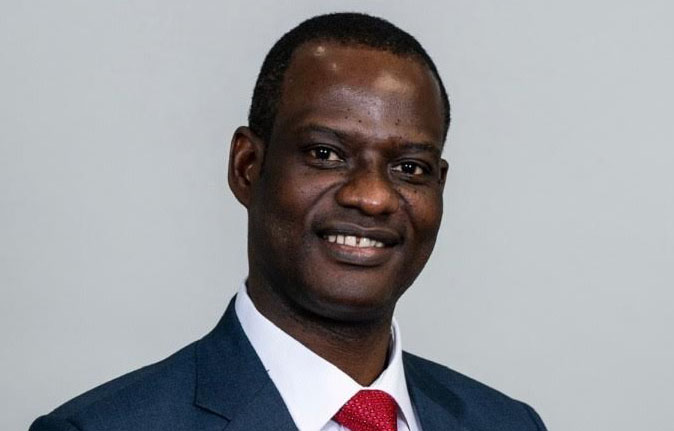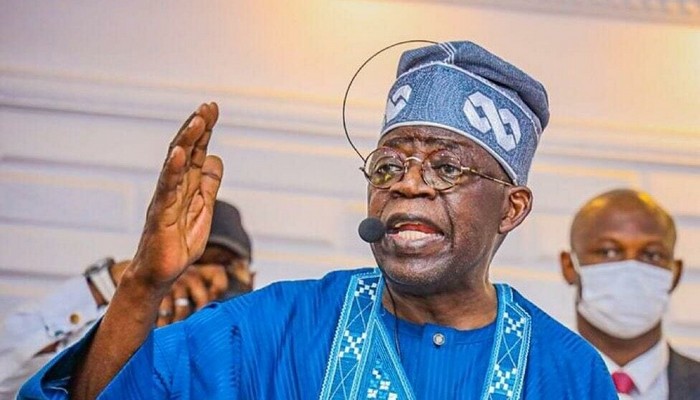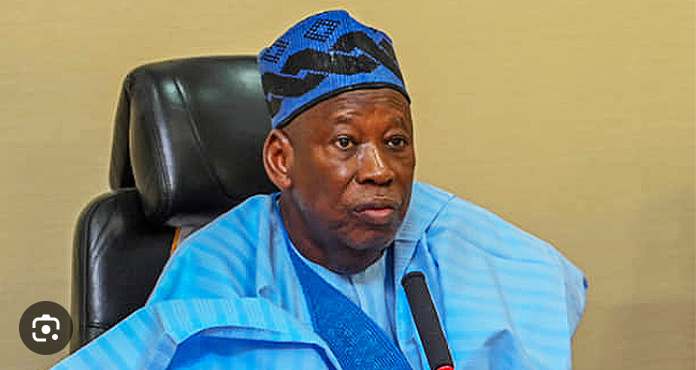
The Federal Government has said that for electricity tariffs to reflect the actual cost of production, some Nigerians might need to pay over 65 per cent of what they are currently paying for a kilowatt/hour of electricity.
Special Adviser to President Bola Tinubu on Energy, Olu Verheijen, told Bloomberg that Nigeria’s power prices need to rise by about two-thirds for many customers to reflect the cost of supplying it.
Verheijen, who noted that an increase can be expected within months, however, noted that the higher electricity tariffs will need to be balanced by subsidies for less-affluent consumers.
According to the special adviser, who spoke in Dar es Salaam, Tanzania, the additional fund is required for the maintenance needed to improve reliability and to attract private investors into power generation and transmission.
“One of the key challenges we’re looking to resolve over the next few months is transitioning to a cost-efficient but cost-reflective tariff,” Verheijen said in the interview.
This is needed “so the sector generates revenue required to attract private capital, while also protecting the poor and vulnerable,” she added.
The president had already taken a number of steps to ease the burden on state finances and encourage private investment since taking office in May 2023, including removing subsidies on motor fuel.
Power prices were already tripled for some customers last year.
While Nigeria, a nation of about 237 million people, has an electricity access rate of around 62 per cent, an erratic grid supply limits productivity and disrupts daily life, the report pointed out.
The move to raise tariffs comes amid mounting pressure from Nigeria’s debt-burdened electricity Distribution Companies (Discos) for tariffs to be cost-reflective so they can improve their finances.
The country privatised generation and distribution in 2013, yet prices set by the government’s Nigerian Electricity Regulatory Commission (NERC) don’t cover the suppliers’ costs. Government subsidies cover some of the difference, but profitability is hard to achieve, Bloomberg reported.






